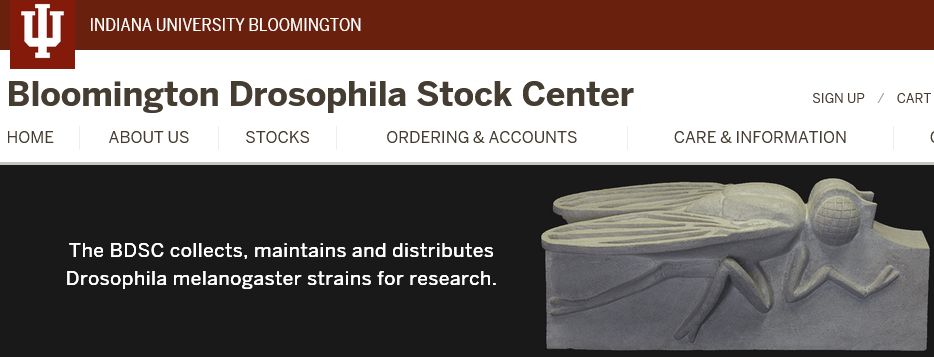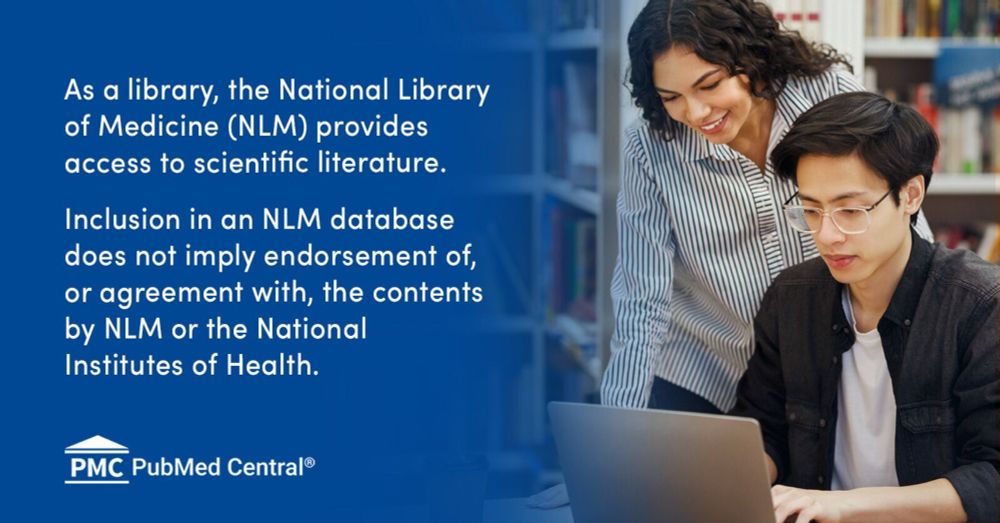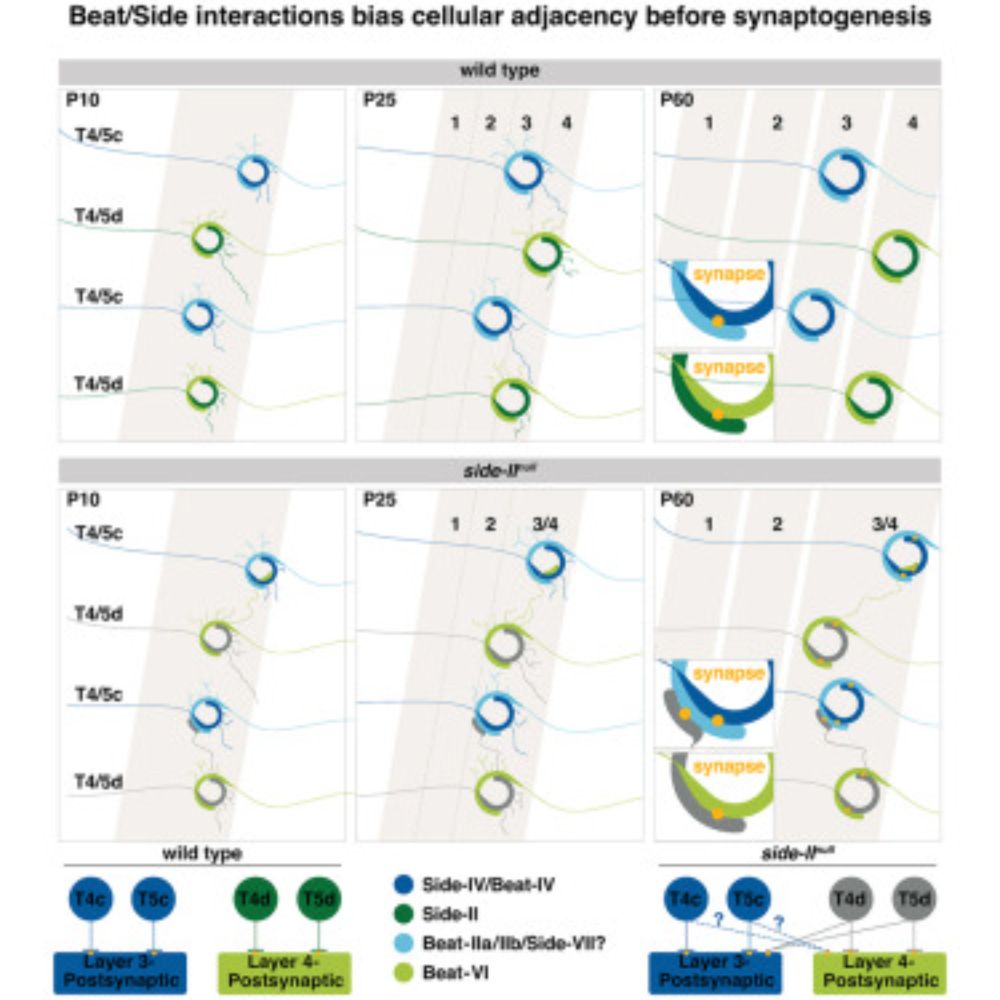Dear JEDIs,
as we are self-organizing using the #EDRC as a nucleator we decided it is time for a JEDI database to boost our network! If you identify as a JEDI, please contact us here or send a mail to katja.rust@uni-marburg.de to be added to our database.
#Drosophila
@fly-eds.bsky.social
26.09.2025 15:43 — 👍 33 🔁 28 💬 4 📌 1

Dear Fly Community,
In May 2025, the NIH terminated all grant funding to Harvard University, including the NHGRI grant that supported FlyBase. This grant also funded FlyBase teams at Indiana University (IU) and the University of Cambridge (UK), and as a result, their subawards were also canceled.
The Cambridge team has secured support for one to two years through generous donations from the European fly community, emergency funding from the Wellcome Trust, and support from the University of Cambridge. At IU, funding has been secured for one year thanks to reserve funds from Thom Kaufman and a supplement from ORIP/NIH to the Bloomington Drosophila Stock Center (BDSC).
Unfortunately, the situation at Harvard is far more critical. Harvard University had supported FlyBase staff since May but recently denied a request for extended bridge funding. As a result, all eight employees (four full-time and four part-time) were abruptly laid off, with termination dates ranging from August to mid-October depending on their positions. In addition, our curator at the University of New Mexico will leave her position at the end of August. This decision came as a shock, and we are urgently pursuing all possible funding options.
To put the need into perspective: although FlyBase is free to use, it is not free to make. It takes large teams of people and millions of dollars a year to create FlyBase to support fly research (the last NHGRI grant supported us with more than 2 million USD per annum).
To help sustain FlyBase operations, we have been reaching out to you to ask for your support. We have set up a donation site in Cambridge, UK, to which European labs have and can continue to contribute, and a new donation site at IU to which labs in the US and the rest of the world can contribute. We urge researchers to work with their grant administrators to contribute to FlyBase via these sites if at all possible, as more of the money will go to FlyBase. However, we appreciate that some fu…

https://wiki.flybase.org/wiki/FlyBase:Contribute_to_FlyBase
Our immediate goals are:
1. To maintain core curation activities and keep the FlyBase website online
2. To complete integration with the Alliance of Genome Resources (The Alliance).
Integration with the Alliance is essential for FlyBase’s long-term sustainability. For nearly a decade, NHGRI/NIH has supported the unification of Model Organism Databases (MODs) into the Alliance, which we aim to achieve by 2028. Therefore, securing bridge funding to sustain FlyBase over the next three years is crucial for successful integration and the long-term access to FlyBase data.
At present, our remaining funds will allow us to keep the FlyBase website online for approximately one more year. Beyond that, its future is uncertain unless new funding is secured. We will, of course, continue pursuing additional grant opportunities as they arise.
Given the uncertainty of future NIH or alternative funding sources, we are relying on the Fly community for support. Your contributions will directly help us retain the staff needed to complete this transition and to secure ongoing fly data curation into the Alliance beyond 2028.
We at FlyBase are incredibly grateful for the outpouring of support from the community during this challenging time. Your encouragement has strengthened our resolve and underscores how vital this resource remains to Drosophila research worldwide.
Sincerely,
The FlyBase Team
The community of Drosophila researchers is amazing, mutually supportive and collaborative. Right now a key resource for our community, @flybase.bsky.social , is threatened by the cancellation of its NIH grant and is seeking community help in raising short term funds 1/n 🧪 please share
23.08.2025 12:18 — 👍 152 🔁 128 💬 1 📌 8
Devastating loss for one of the most important research model system
12.08.2025 00:35 — 👍 8 🔁 6 💬 0 📌 0
If you're into neurodevelopment, neural function and behaviour, this is a fantastic opportunity grounded in solid, impactful previous work!
25.07.2025 13:07 — 👍 1 🔁 0 💬 0 📌 0
#Drosophila @flybase.bsky.social requires emergency funding:
"As it stands, by the end of July, 2025, there will be no future updates to #FlyBase, and in the worst case scenario access to the website will also be lost". Please help if you can!
04.06.2025 07:25 — 👍 15 🔁 21 💬 0 📌 2

If using Bloomigton #Drosophila Stock Center stocks, pls. acknowledge them & their NIH funding (P40 OD018537). Papers listing this no. are being harvested as evidence. We massively depend on the @bdsc.bsky.social & they need our support in these dire times! @flybase.bsky.social @fly-eds.bsky.social
10.04.2025 06:06 — 👍 93 🔁 102 💬 0 📌 5
And none of this (with more to come this year! :)) would be possible without the awesome support of Fondation Bettencourt Schueller!
15.03.2025 22:15 — 👍 0 🔁 0 💬 0 📌 0
There has never been a better time to study neural circuit development! Are you passionate about the mechanisms underlying wiring specificity? We have exciting projects in the pipeline and are looking for talented colleagues to join our team! Drop me a line if you’re interested!
15.03.2025 20:32 — 👍 0 🔁 0 💬 1 📌 0
Thanks to our reviewers whose input helped us significantly improve the manuscript, and to @cellpress.bsky.social for the great experience with the Cell Press Multi-Journal Submission!
15.03.2025 20:32 — 👍 0 🔁 0 💬 1 📌 0
Given neurons’ intrinsic drive to form synapses, perhaps the establishment of synaptic specificity is best understood as a continuous process of developmental choices where neurons are prevented from connecting with the wrong partners.
15.03.2025 20:32 — 👍 0 🔁 0 💬 1 📌 0
Instead, they contribute to synaptic specificity by biasing cellular adjacency—causing neurons to segregate into discrete physical domains and restricting partner availability before synaptogenesis.
15.03.2025 20:32 — 👍 0 🔁 0 💬 1 📌 0
We demonstrate that receptor-ligand pairs of the Beat and Side families of cell adhesion molecules, expressed between synaptic partners, are not required for synapse formation.
15.03.2025 20:32 — 👍 0 🔁 0 💬 1 📌 0
We now provide a mechanistic understanding of how these interactions shape neural circuit formation, linking these molecules to the cellular interactions they support.
15.03.2025 20:32 — 👍 0 🔁 0 💬 1 📌 0
In this work, we studied how neurons are organized into layers during development and how this process influences the connections (synapses) they form with each other.
15.03.2025 20:32 — 👍 0 🔁 0 💬 1 📌 0
👋
23.11.2024 14:43 — 👍 1 🔁 0 💬 0 📌 0
Scientist, prof at Duke, mom, food, travel, ocean lover. Fascinated by how the brain develops and is modified in disease and evolution. RNA biology intersects neural development. Views my own not employer. https://sites.duke.edu/silverlab/
Professor of Neuroscience. Studying neural development, regeneration, and control of innate behaviors at Johns Hopkins.
@sethblackshaw at Twitter.
We study the genetic control and molecular regulation of brain development - and a little bit of function - in fly, mouse and human stem cell models
on choreographies of circuit development & glial biology, in C. elegans / Group leader @EMBL, Alumnus Rockefeller University & Ecole Normale Sup, / contemporary & tango dancer
Developmental biologist, fly pusher fascinated by metabolism, hormones and physiology. Postdoc @crick.ac.uk
Digging in RNA & TF interplay - Exploring TF-RNA networks in cell fate - Fly pusher + CNRS Researcher + Mentorfirst
https://www.igmm.cnrs.fr/en/team/integrative-rna-networks-in-development/
Neuroscientist🥼 father of 3 👨👩👧👧👶💥 chemo-sensory processing 👃👅 calcium imaging 🔬 open science 🌍 insect brains 🧠 Prof. of Animal Neurophysiology @jlugiessen.bsky.social
Dad | Husband | Scientist. (He/Him) Postdoc with Elly Tanaka @IMBA. Interested in the fundamental principles which control axis elongation and period patterning during axolotl tail regeneration.
Official account of the Portugues Lab @Cornell (previously @TUM), studying all things sensorimotor in larval zebrafish.
Regulatory element database for Drosophila and other insects. http://redfly.ccr.buffalo.edu
Biologist studying neural development and evolution using insect eyes and brains as a model. Faculty at UC San Diego.
Team leader @IBPS, Institut de Biologie Paris Seine, Dev2A | CNRS Research Associate
Assistant professor at Vrije University Amsterdam
We study spatiotemporal control of gene expression. We develop tools to visualize and quantify single mRNAs in fungi and bacteria #RNA #single-molecule #imaging-analysis
🍄🦠🇮🇹➡️🇨🇭➡️🇺🇸➡️ 🇳🇱
www.tutuccilab.com
Stem cell biology and all things fly testis
The European Drosophila Society bsky account is maintained by N.Tapon, S.J. Araújo, I.Grunwald Kadow, N.Brown, M.Milan. Logo: MC Diaz de la Loza, fly picture: N.Gompel
https://europeandrosophilasociety.org/
Group Leader & Associate Professor @Queen Mary University | Coordinator @HumanCellAtlas Oral & Craniofacial Network | Founder London Stem Cell Network. 👩🏻🔬 Passionate about #stemcell #spatialbiology 🔬 #singlecell 🧬 #scarless #cancer #hairfollicle
Gathering researchers using #Drosophila as model organism across disciplines and geographical limits
https://fly-jedi.org/
Drosophilist, Cell biologist, neuroscientist, cytoskeleton, development and ageing
University of Liverpool
Studies human retinal organoids and fly eyes to understand how neuronal diversity is generated.
https://www.johnstonlabjhu.com/
The Bloomington Drosophila Stock Center collects, curates, maintains and distributes Drosophila melanogaster strains for research and education.
https://bdsc.indiana.edu/





